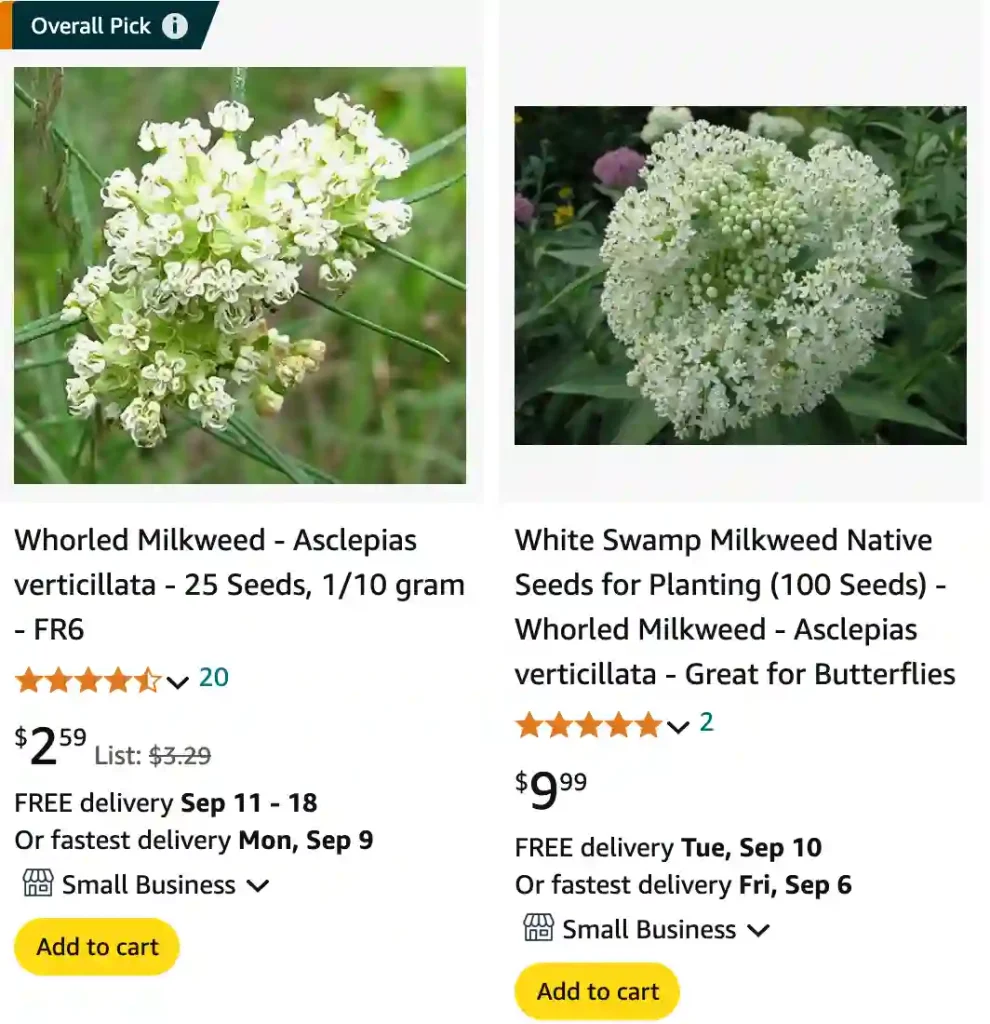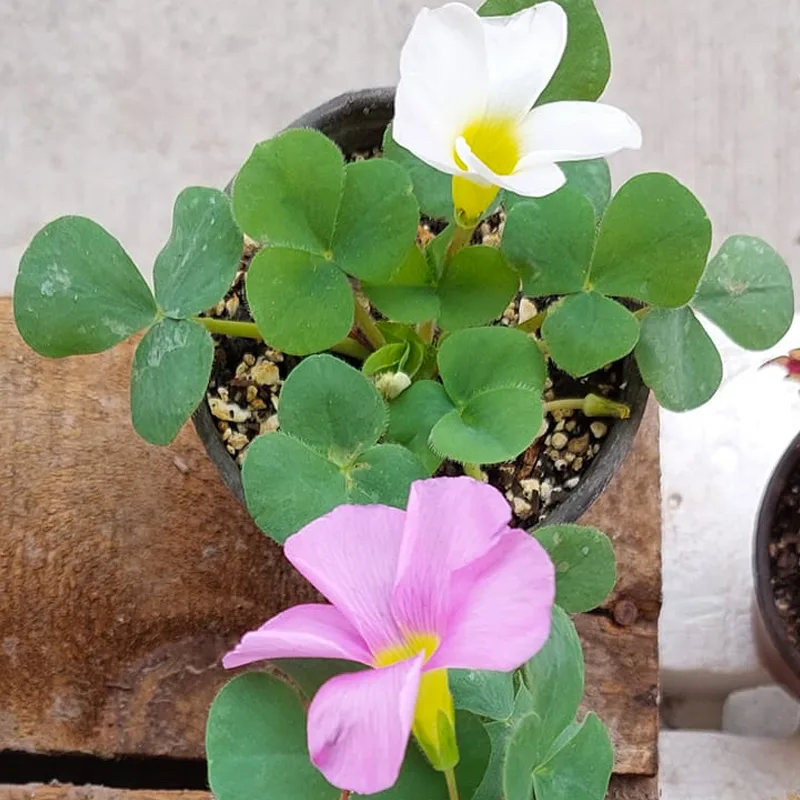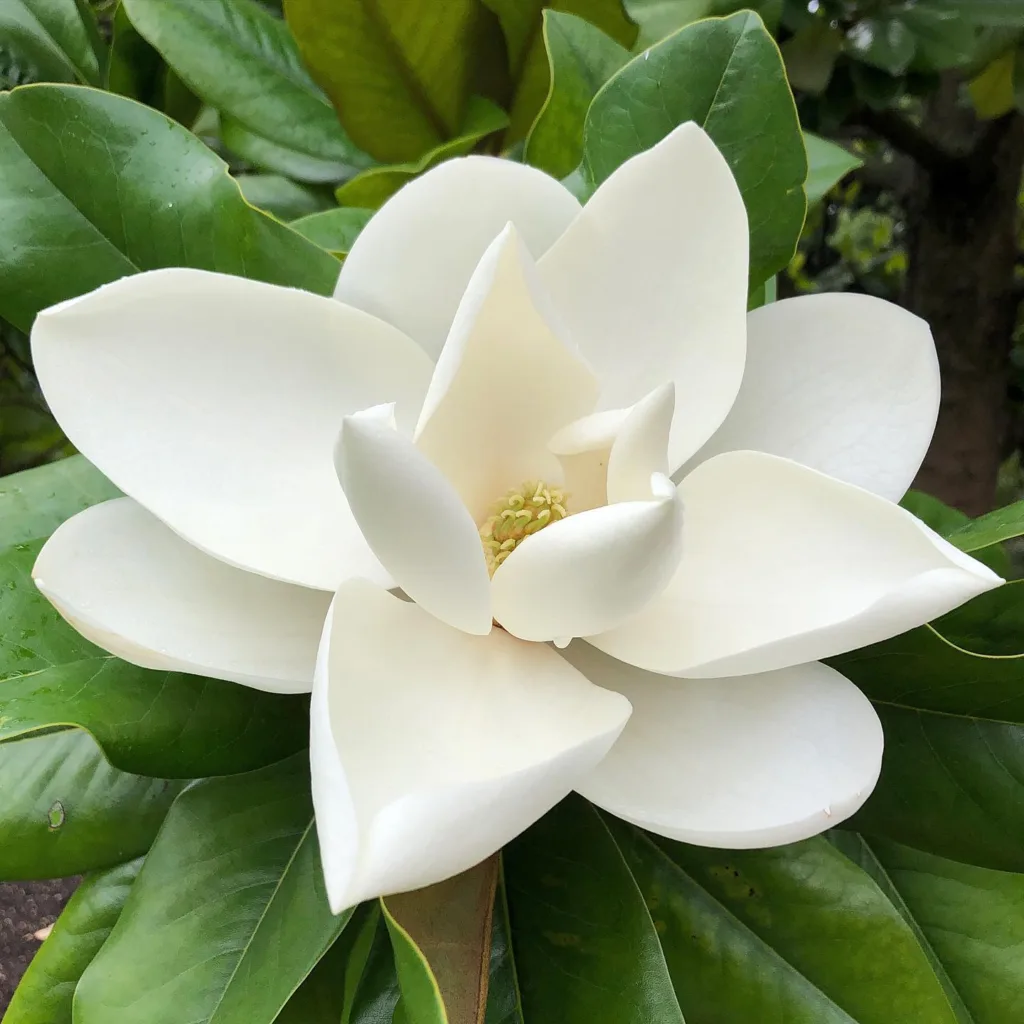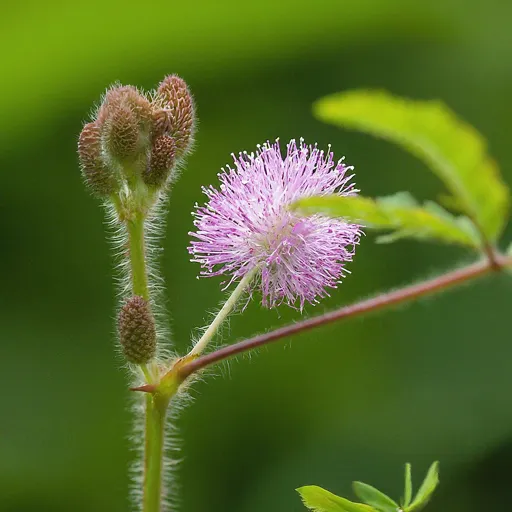
FAQs About Asclepias Verticillata
Asclepias Verticillata, often known as Whorled Milkweed, is a fascinating plant that can be a wonderful addition to any garden. Its unique appearance and ecological benefits make it a topic of interest for many gardeners and plant enthusiasts. In this article, I’ll share answers to some frequently asked questions about Asclepias Verticillata, from growing tips to its benefits and more.
209 Species in Genus Asclepias
What Is Asclepias Verticillata?
Asclepias Verticillata, commonly referred to as Whorled Milkweed, is a perennial plant native to North America. It is known for its distinctive whorled leaf arrangement and clusters of small white flowers. This plant attracts pollinators, especially monarch butterflies, making it an excellent choice for butterfly gardens.
How to Grow Asclepias Verticillata?
Growing Asclepias Verticillata is relatively straightforward, but it does have specific needs to thrive. Here’s how to get started:
- Site Selection: Choose a location with full sun to partial shade. Whorled Milkweed thrives in well-drained soil and can tolerate a range of soil types, though it prefers sandy or loamy conditions.
- Soil Preparation: Ensure the soil is well-drained. If your soil is heavy or clayey, amend it with sand or compost to improve drainage.
- Planting: Space plants about 12 to 18 inches apart to allow for their spreading habit. Plant them in the spring after the last frost, or in the fall if you live in a milder climate.
- Watering: Water the plants regularly during their first growing season to help establish their roots. Once established, Asclepias Verticillata is drought-tolerant and requires minimal watering.
- Fertilizing: This plant does not need heavy fertilization. A light application of compost in the spring can be beneficial.
How to Care for Asclepias Verticillata?
Proper care is essential for keeping Asclepias Verticillata healthy and flourishing:
- Pruning: Prune spent flowers to encourage additional blooms and prevent the plant from becoming too leggy. Cut back the plant in late fall to prepare it for the next growing season.
- Pest and Disease Control: Whorled Milkweed is relatively pest-resistant but watch out for common pests like aphids and spider mites. If you notice any issues, treat them with insecticidal soap or neem oil.
- Winter Care: In colder regions, mulch around the base of the plant to protect it from harsh winter conditions. In milder climates, the plant will usually survive without additional protection.
How to Propagate Asclepias Verticillata?
Propagating Asclepias Verticillata can be done through seeds or cuttings:
- Seeds: Collect seeds from mature pods in late summer or fall. Stratify the seeds by placing them in a moist medium and refrigerating them for 30 days before planting. Sow the seeds in early spring or late fall.
- Cuttings: Take cuttings from the plant in late summer. Dip the cut ends in rooting hormone and plant them in a well-draining potting mix. Keep the cuttings in a warm, humid environment until they develop roots.
What to Plant With Asclepias Verticillata?
Asclepias Verticillata pairs well with a variety of plants in the garden. Consider planting it alongside:
- Echinacea: Coneflowers complement the tall, upright growth of Whorled Milkweed.
- Rudbeckia: Black-eyed Susans provide a contrasting color and attract additional pollinators.
- Lavender: The fragrant blooms of lavender can create a beautiful contrast with the milkweed’s white flowers.
Can You Grow Asclepias Verticillata Indoors?
Growing Asclepias Verticillata indoors can be challenging. It requires full sunlight, which is difficult to provide indoors unless you have a greenhouse or high-intensity grow lights. It’s best suited for outdoor gardens where it can take full advantage of natural sunlight and space to spread.
Is Asclepias Verticillata Toxic?
Asclepias Verticillata is not considered highly toxic, but like many milkweeds, it contains compounds that can be toxic to humans and pets if ingested in large quantities. Keep it out of reach of children and pets, and avoid consuming any part of the plant.
Benefits of Asclepias Verticillata
- Pollinator Friendly: The plant attracts pollinators such as butterflies, bees, and hummingbirds, making it a great addition to a pollinator garden.
- Ecosystem Support: Asclepias Verticillata supports monarch butterflies, providing them with a critical food source and habitat.
Common Problems with Asclepias Verticillata
- Overwatering: Too much water can lead to root rot. Ensure the soil is well-drained and avoid waterlogging.
- Pests: Watch for aphids and spider mites, which can be managed with appropriate treatments.
How Does Asclepias Verticillata Compare to Other Milkweeds?
Compared to other milkweeds, like Asclepias Syriaca (Common Milkweed) or Asclepias Tuberosum (Butterfly Weed), Asclepias Verticillata is smaller and has a more delicate appearance. It also tends to be less aggressive in spreading, making it a suitable choice for smaller gardens or more controlled environments.
In summary, Asclepias Verticillata is a versatile and beneficial plant for gardens, especially for those interested in supporting pollinators. With proper care and placement, it can thrive and provide ecological benefits while adding unique beauty to your outdoor space.



